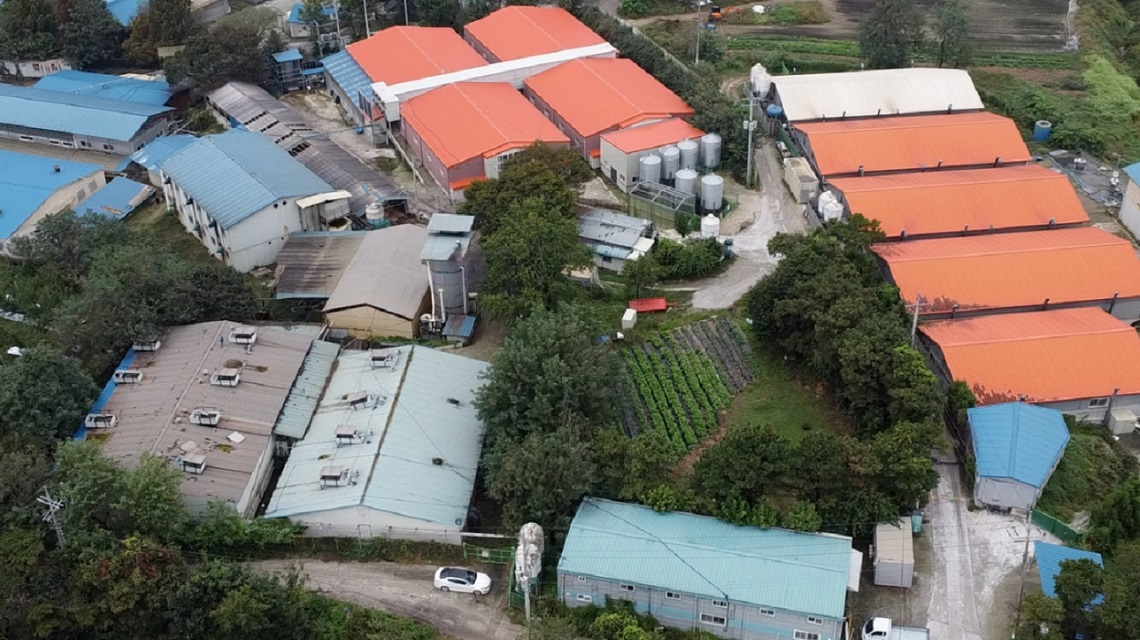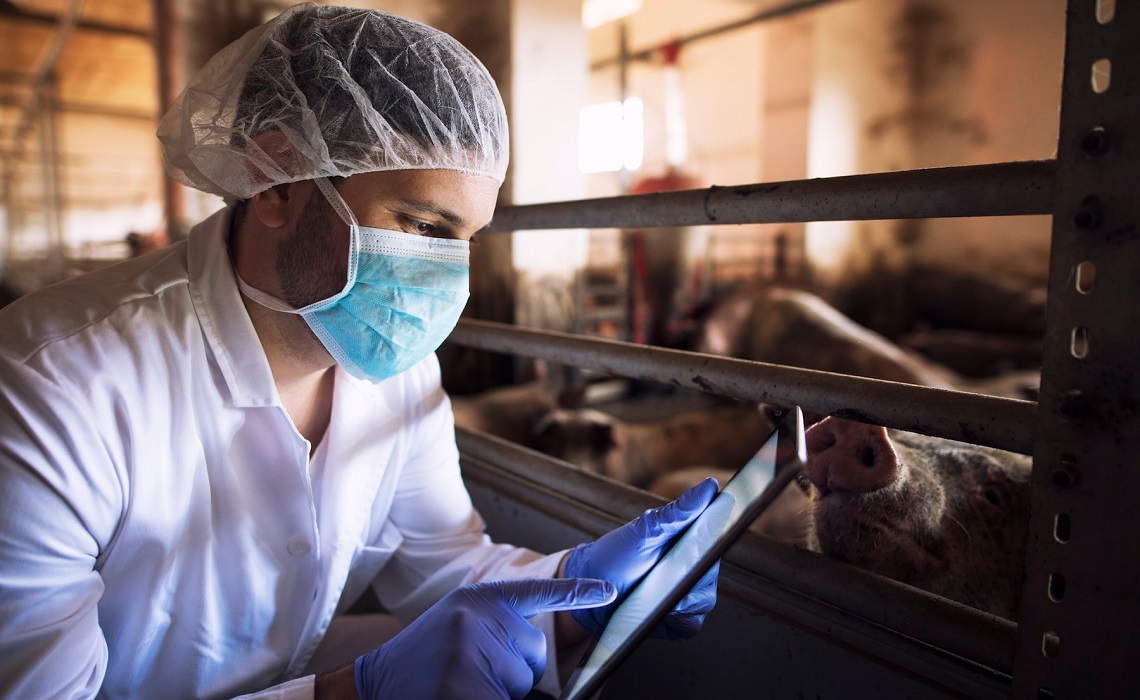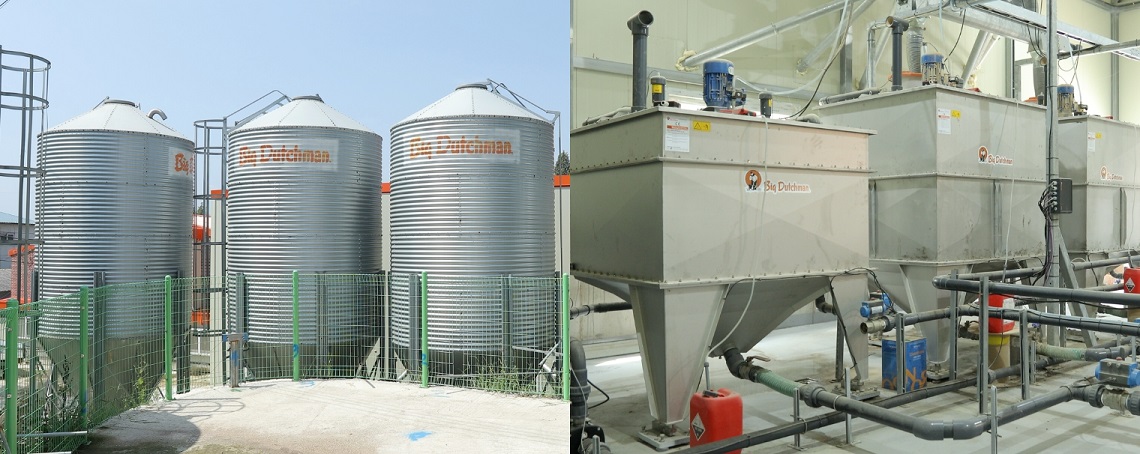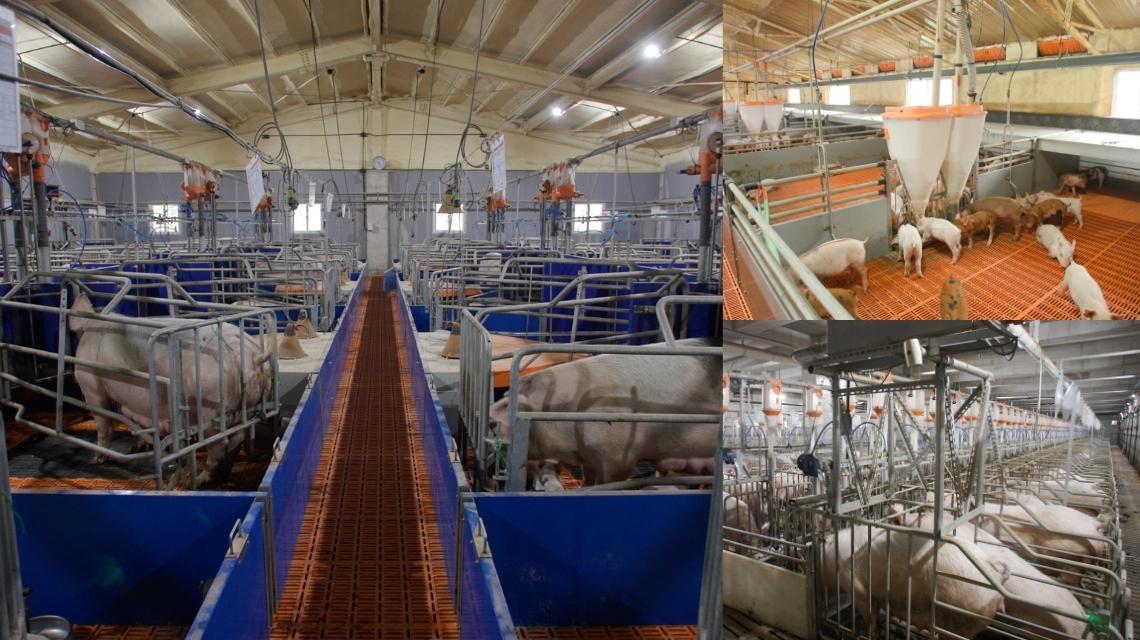Swine Security: Biosecurity Essentials in Pig Farming
Diseases in pig farms can be highly infectious and cause huge financial losses if robust protective measures are not in place. Highly virulent diseases such as African swine fever (ASF), gastro-enteritis (TGE) and foot-and-mouth disease (FMD) can end up killing infected animals.
In fact, in Southeast Asia, African swine fever has been threatening domestic and wild pigs in countries such as Indonesia, Philippines, Malaysia and India over the last few years. However, even modest biosecurity improvements can help to contain outbreaks as recommended by the United Nations Food and Agricultural Organisation (FAO). These include basic biosecurity measures such as fencing, limiting farm visitors and disinfection among others.
The importance of well-thought-through biosecurity practices cannot be overstated. Not only does it shield the investment of pig producers from disease outbreaks, but it also upholds the operational reputation in an increasingly discerning market. Beyond fences and barn doors lie a delicate balance between profitability and vulnerability.

Disease outbreaks can potentially send shockwaves through the pig production industry, impacting not only bottom lines but also casting doubts on the ability of the industry as a whole to provide a safe and reliable product. Biosecurity measures therefore are the first line of defence that can prevent the introduction and spread of pathogens to avoid crippling herds and impacting livelihoods.
Let’s look into the critical aspects of biosecurity for pig farms, including insights and strategies to fortify a farm’s operational defences.
Farm Design and Layout
The layout of pig farms can either be a stronghold or a conduit for disease. Strategically planned housing that considers airflow, drainage, and separation for different age groups is essential. These measures minimise the chances of cross-contamination and create an environment that inhibits the growth and spread of pathogens.

Isolation and Quarantine Protocols
When newcomers enter your farm, treat them as potential carriers of trouble. Isolation and quarantine are not just precautionary; they are paramount. Isolating new arrivals allows you to observe for any signs of illness before they can potentially transmit diseases to the rest of the herd.
Restricted Access and Personnel Hygiene
The concept of restricted access isn't about exclusion; it's about safeguarding. Limiting who enters these pig facilities helps control potential disease vectors, including people. Establishing strict hygiene protocols for farm workers, including a change of clothing and disinfection of footwear, is a small but pivotal step in mitigating disease transmission risks.

Cleaning and Disinfection Practices
Cleanliness is next to healthiness in the industry of pig farming. Regularly cleaning and disinfecting facilities and equipment is akin to sanitising a surgeon's instruments. It reduces the presence of harmful microorganisms and goes a long way to prevent their proliferation.
Disease Monitoring and Testing
Vigilance is an asset in biosecurity. Partnering with veterinarians for routine disease monitoring and testing is a proactive measure that pays dividends. Early detection allows you to act swiftly, preventing the escalation of outbreaks.
Rodent and Pest Control
Pests may seem like a separate issue, but their presence can be damaging to biosecurity efforts. Rodents, flies and birds not only introduce diseases and contaminants but can also cause them to spread, making pest control not just a convenience but a necessity.
Transportation Protocols
Transportation is a bridge between farms, but it can also be a bridge for diseases. Following biosecurity protocols during transportation, including thorough cleaning and disinfection of vehicles, is a straightforward yet impactful way to prevent disease spread.
Feed and Water Management
What pigs consume matters as much as their living conditions. Maintaining clean and uncontaminated feed and water sources is integral to disease prevention through oral transmission.

Personnel Training and Education
Biosecurity is something that requires the participation of everyone involved be it managers, staff and visitors. When there is adequate training and education about the significance of following biosecurity measures, it helps create a culture where everyone feels responsible and aware of their role in maintaining safety.
Contingency Planning and Disease Response
Even the most fortified defences can be breached. That's where a well-crafted contingency plan comes into play. Preparing for potential disease outbreaks with clear procedures for isolation, reporting, and management is a strategic investment for a farm's sustainable future.

As with any livestock production venture, a comprehensive biosecurity plan is essential to help minimise the potential contaminants and diseases disrupting production. Protecting the pig her aside, it also safeguards the entire industry and ensures that producers can maintain their livelihoods, productivity and profitability.
By adhering to biosecurity practices as closely and as intently as possible, pig farmers can confidently combat disease risks, thereby securing the long-term viability and sustainability of their operations in a volatile and unpredictable ecosystem.
Learn more about advanced yet practical biosecurity systems for your pig farm. Click the ‘Send a Message’ button below to talk to us!
|
Common Biosecurity Terms Explained |
|
|
|
|
|
|
|
|

Written by:
Tomalso Li Yusuo, Area Sales Manager, Business Unit Pig, Asia

